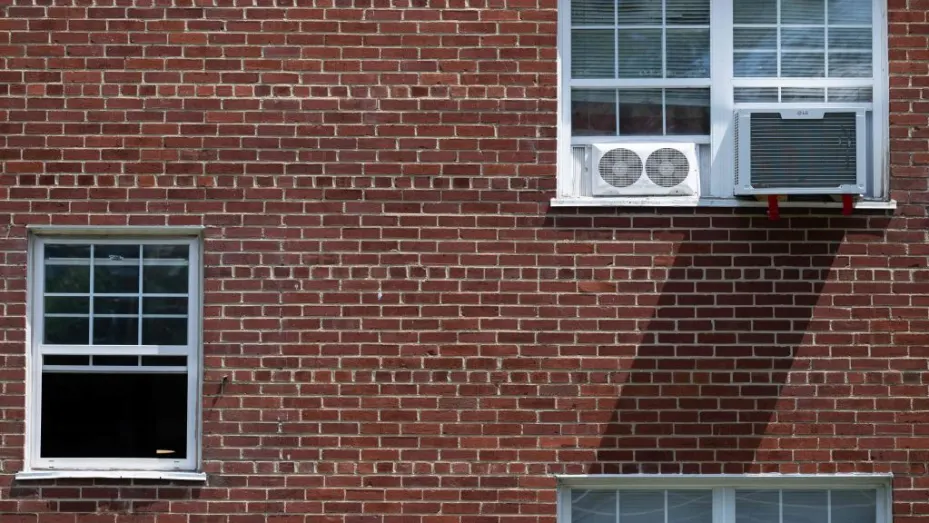Too many states have no protections from utility company disconnects for consumers, according to David Konisky, a professor in the environmental studies department at Indiana University and director of the Energy Justice Lab, and he says climate change is forcing a new conversation about the issue.
The Energy Justice Lab created a “Disconnect Dashboard” showing utility disconnect data in each state (not every state reports data) and existing shutoff-shielding legislation, if any, in place. Part of making the dashboard was overlaying forecast excessive heat days along with protections that exist or don’t exist and factoring in climate change. The outlook is grim, Konisky says. Nearly three million people have their electricity shut off annually because they cannot afford to pay monthly bills, according to the Energy Justice Lab.
“There are two ways to think about it: how hot is it going to get today, yes, but what is really dangerous is when it does not cool off at night, when you have a persistent period of warm nights, when people are unable to cool their bodies, that is when you have high incidents of heat exhaustion,” Konisky said, adding that lack of cooling like air conditioning exacerbates it.
Legislation like Virginia’s is welcome, but often, the laws don’t go far enough, according to Konisky. They are typically limited to state-regulated power companies (Virginia’s is more expansive than other states’) or have subjective or ambiguous disconnection criteria. Konisky says utility customers must work with them instead of being cut off.
Covid-19 led many states to issue temporary orders during stay-at-home mandates to require power to remain on, but most of these orders have been gradually eliminated. A majority of states (40) have statutory-based utility disconnection protections that cover specific times of year and vulnerable populations, according to the Energy Justice Lab.
As of 2021, 29 states had seasonal protections and 23 had temperature-based disconnection protections, but Konisky’s research shows that these do not fully prohibit disconnections, often putting the onus on customers to demonstrate eligibility for an exemption, such as medical need. Most states (46), plus Washington D.C., give customers the option to set up a payment plan as an alternative to disconnection, though interest may be steep and income-based repayment is not often an option.
“A lot could be done to make energy more affordable where a shut off is necessary,” Konisky said. “There is creative rate making, payment structures. They need to be more aggressive in offering payment plans, as opposed to shutting off, help customers access energy assistance. There are a lot of activities that would be advisable and preferable before we engage in the practice of shutoffs which can have terrible consequences for people.”
His research shows that power companies disconnect plenty during warm weather. Using publicly available data, he found that Indiana customers, for instance, experienced 50,000 disconnects between June and August 2023. “So they are happening during the very warm months,” Konisky said. “This situation is likely to get worse, particularly in states where we would not have historically worried about it during the summer.”


